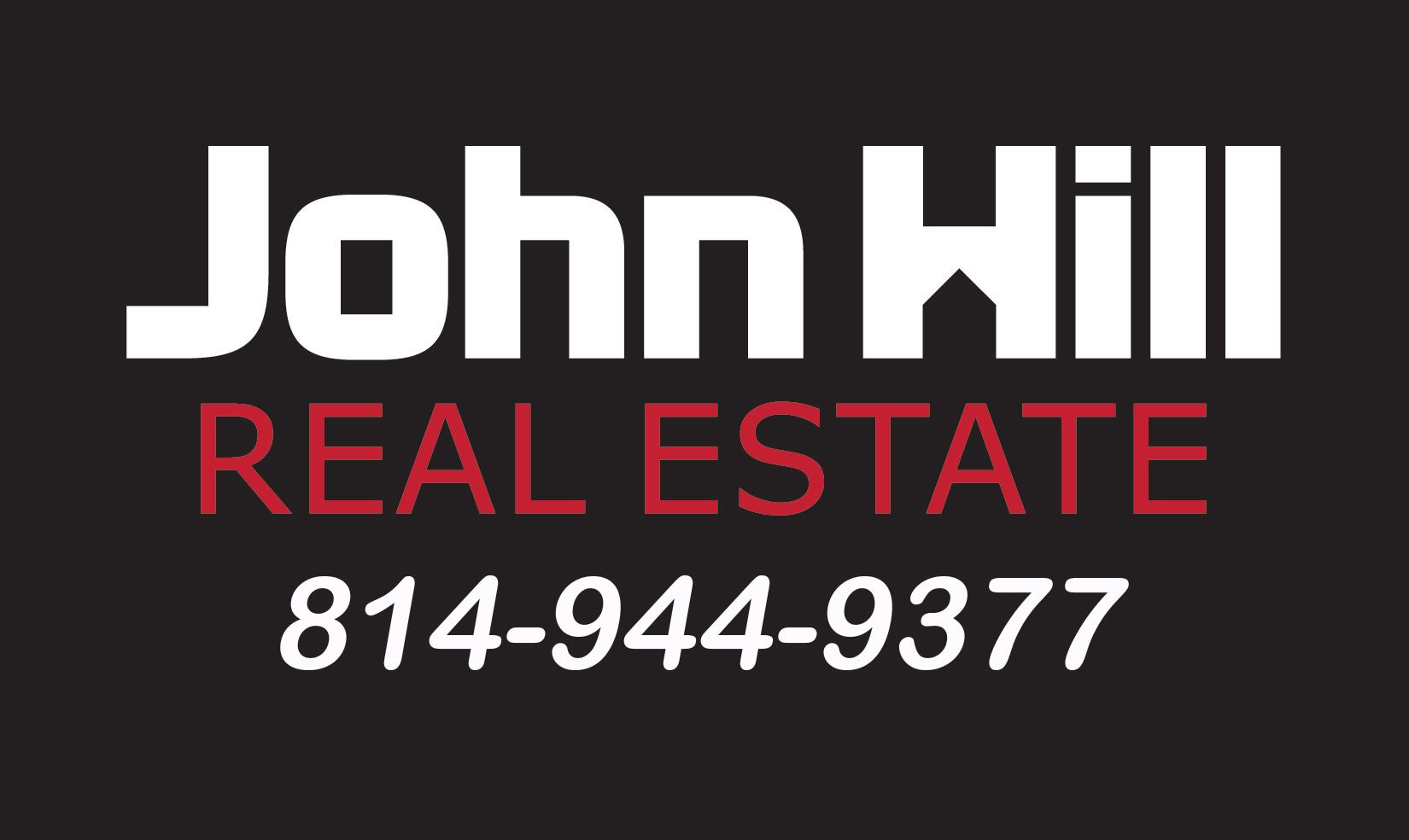The Price Is Right: Why Strategic Home Pricing is Your Ultimate Selling Advantage
The Price Is Right: Why Strategic Home Pricing is Your Ultimate Selling Advantage
Selling your home is more than just a transaction; it's a strategic maneuver in a dynamic market. As your Realtor, I can tell you unequivocally that pricing your home properly is the single most critical decision you'll make. It sets the stage for everything that follows: how quickly your home sells, how much profit you ultimately make, and even how smoothly the entire process unfolds.
The National Association of REALTORS® (NAR) consistently emphasizes that understanding market conditions and relying on robust data are paramount. As NAR Chief Economist Lawrence Yun notes, factors like "persistently high mortgage rates" and "increasing participation in the housing market" significantly impact buyer behavior. In such an environment, an accurate, strategic price isn't just helpful; it's essential.
Let's explore the pros and cons of different pricing techniques, and why a data-driven approach, powered by NAR's insights, is always the superior choice.
The High-Price Approach: Pros and Cons
Some sellers are tempted to set an ambitious asking price, believing it leaves "room for negotiation."
Pros:
- Perceived Flexibility: On rare occasions, this strategy might appeal to a buyer who enjoys the negotiation process and feels they've "won" by getting a price reduction.
- Capturing a Premium (Highly Unlikely): In an extremely aggressive, low-inventory seller's market, a very high price might be met by an overly eager buyer who values speed and convenience above all else. However, this is increasingly rare in today's market where buyers are more budget-conscious due to higher mortgage rates.
Cons (and why NAR data often cautions against this):
- Limited Buyer Pool & Online Invisibility: As NAR points out, buyers filter intensely online. If your home is priced above what similar homes are selling for, it may fall outside the search parameters of genuinely interested and qualified buyers. Your beautiful home simply won't be seen.
- "Stale" Listing Syndrome: NAR research indicates that overpriced homes tend to sit on the market longer. A high "Days on Market" (DOM) count is a red flag to buyers, leading them to assume there's something wrong with the property. This lost initial momentum is hard to recover.
- Forced Price Reductions: When an overpriced home languishes, you're almost guaranteed to face price reductions. According to Realtor.com, nearly 20% of sellers have to reduce their price to get their house sold. These reductions can signal desperation to buyers, leading to even lower offers.
- Appraisal Issues: Even if a buyer agrees to an inflated price, the lender's appraiser will base the valuation on recent comparable sales. If the appraisal comes in lower than the agreed-upon price, the deal can easily collapse or require the buyer to bring in significantly more cash, a major hurdle for many.
The Low-Price Approach (Bidding War Strategy): Pros and Cons
At the other end of the spectrum, some advocate for pricing significantly below market value to incite a bidding war.
Pros:
- Maximum Exposure & Buyer Traffic: A competitively low price acts like a magnet, drawing in a large volume of potential buyers and generating significant interest and showings.
- Potential for Higher Sale Price (Above Asking): In a truly hot seller's market with limited inventory, this strategy can indeed spark a fierce bidding war, driving the final sale price well above the initial asking price, sometimes even exceeding what a "market value" list price might have achieved.
- Stronger Negotiating Position: With multiple offers, you gain incredible leverage, allowing you to not only negotiate on price but also on terms favorable to you (e.g., fewer contingencies, quicker closing, flexible move-out dates).
- Faster Sale: If a bidding war erupts, your home can sell in a matter of days, drastically reducing your carrying costs and the stress of the selling process.
Cons:
- Risk of Under-Appraisal: The biggest risk here is that while bidding can push the contract price up, the appraisal is still tied to objective market comps. If the final accepted offer is significantly above what the market can support through an appraisal, the deal could fall through or require the buyer to bridge the gap in cash.
- Buyer Skepticism: Some buyers and agents may view an extremely low price as a "bait and switch" tactic, leading to frustration if the price quickly jumps out of their budget.
- No Guaranteed Bidding War: This strategy hinges on market conditions that truly support a bidding frenzy. If the demand isn't there, or if other factors deter buyers, you could end up selling for less than your home's true value, having left money on the table.
- Attracting the Wrong Buyers: An artificially low price might attract buyers who are only qualified for that lower price point, leading to wasted showings as they drop out when the price climbs.
The Realtor's Strategic Pricing Imperative: How We Get It Right
As your Realtor, my primary goal is to maximize your return and ensure a smooth transaction by hitting that pricing sweet spot from the outset. This isn't about guesswork; it's about a data-driven approach, aligned with NAR's best practices:
- Comprehensive Comparative Market Analysis (CMA): This is our bedrock. I'll meticulously analyze recent sales of truly comparable properties in your immediate neighborhood. We'll look at homes similar in size, condition, amenities, and location. NAR consistently highlights the CMA as the definitive tool for accurate pricing.
- Deep Dive into Current Market Conditions: We'll leverage NAR's robust data and local market insights to understand the current supply and demand. For example, NAR's latest forecasts (as of July 2025) project a modest 1% rise in home prices in 2025 nationally, with some regional variations. This informed perspective helps us set a price that aligns with reality, not just aspiration.
- Targeting the Right Buyer Pool: We'll consider the demographic most likely to purchase your home and price it to appear within their typical online search ranges. For instance, NAR's research on affordability highlights that even a modest decrease in mortgage rates (like a drop to 6%) could make homes affordable for millions more households. Our pricing will consider these affordability shifts to capture the largest possible buyer pool.
- Showcasing Your Home's Unique Value: We'll identify and highlight all the unique features and upgrades that distinguish your property. From recent renovations to desirable location benefits, we'll ensure these elements are factored into our pricing strategy to justify its position.
- Dynamic Monitoring and Expert Guidance: The market is ever-evolving. I will continuously monitor showing activity, buyer feedback, and new listings. Should the market shift or initial interest not meet expectations, we'll discuss strategic adjustments, backed by fresh data, to maintain momentum.
NAR advises that pricing your home competitively can help attract potential buyers. This isn't about undercutting your value; it's about positioning your home as an undeniable opportunity in the buyer's mind. By doing so, you increase the likelihood of multiple offers, a faster sale, and ultimately, securing the best possible price.
Don't let guesswork or outdated assumptions dictate your biggest investment. Partner with a Realtor who understands the power of strategic pricing, armed with the latest market intelligence and a commitment to your success. Let's make your home sale a triumph.
Share this Post






